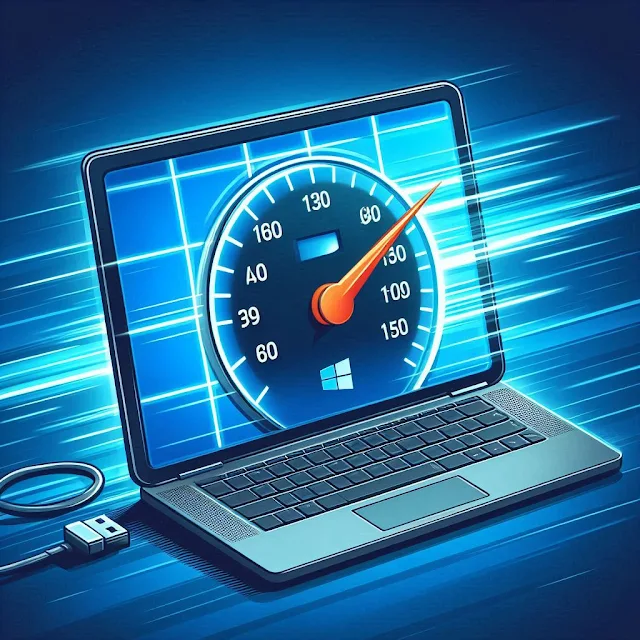Is your Windows PC running slower than you'd like? Over time, systems can accumulate a lot of unnecessary files and processes that bog down performance. In this guide, we'll walk you through some effective ways to boost your PC's speed, focusing on cleaning the Prefetch, %temp%, and Temp folders.
1. Understanding the Prefetch, %temp%, and Temp Folders
Prefetch Folder: The Prefetch folder is part of Windows' caching mechanism. It stores information about the applications you frequently use, allowing them to start up more quickly. However, over time, this folder can become cluttered with outdated data, which can slow down your system.
%temp% and Temp Folders: The %temp% and Temp folders are temporary storage areas used by Windows and other applications to store temporary files. These can include everything from installation files to cached data. If left unchecked, these folders can accumulate a significant amount of junk data, consuming valuable disk space and affecting performance.
2. Cleaning the Prefetch Folder
Cleaning the Prefetch folder can help improve your PC's performance by removing outdated prefetch files.
Steps to Clean the Prefetch Folder:
- Press
Win + Rto open the Run dialog box. - Type
prefetchand press Enter. You may need to grant administrator permission. - In the Prefetch folder, press
Ctrl + Ato select all files. - Press
Shift + Deleteto permanently delete the files.
Note: Only delete files from the Prefetch folder if you are experiencing performance issues, as these files do help in speeding up the loading time of applications.
3. Cleaning the %temp% Folder
The %temp% folder is a system-wide temporary folder that can accumulate a large number of files over time. Cleaning it regularly can free up space and improve performance.
Steps to Clean the %temp% Folder:
- Press
Win + Rto open the Run dialog box. - Type
%temp%and press Enter. - In the %temp% folder, press
Ctrl + Ato select all files. - Press
Shift + Deleteto permanently delete the files.
Note: Some files may be in use and cannot be deleted. If prompted, skip these files.
4. Cleaning the Temp Folder
The Temp folder is another location where temporary files are stored. Cleaning it is similar to cleaning the %temp% folder.
Steps to Clean the Temp Folder:
- Press
Win + Rto open the Run dialog box. - Type
tempand press Enter. - In the Temp folder, press
Ctrl + Ato select all files. - Press
Shift + Deleteto permanently delete the files.
Note: Similar to the %temp% folder, you might encounter files in use that cannot be deleted. Skip these files.
5. Additional Tips for Boosting PC Performance
Beyond cleaning the Prefetch, %temp%, and Temp folders, there are several other steps you can take to boost your Windows PC's performance:
a. Uninstall Unnecessary Programs: Remove programs you no longer use. Go to Control Panel > Programs > Programs and Features, select the programs you don't need, and click Uninstall.
b. Disable Startup Programs: Many programs start automatically with Windows, which can slow down your boot time. Press Ctrl + Shift + Esc to open Task Manager, go to the Startup tab, and disable unnecessary startup programs.
c. Run Disk Cleanup: Use the built-in Disk Cleanup tool to free up space. Search for "Disk Cleanup" in the Start menu, select your drive, and follow the prompts to delete unnecessary files.
d. Update Windows and Drivers: Ensure your system and drivers are up to date. Go to Settings > Update & Security > Windows Update to check for updates.
e. Defragment Your Hard Drive: If you have an HDD, defragmenting can help improve performance. Search for "Defragment and Optimize Drives" in the Start menu and follow the prompts.
Conclusion
Regular maintenance of your PC, including cleaning the Prefetch, %temp%, and Temp folders, can significantly enhance its performance. By following the steps outlined in this guide, you'll help ensure your system runs smoothly and efficiently. Remember, consistency is key – make these practices a regular part of your PC maintenance routine for the best results. Happy computing!







No comments:
Post a Comment